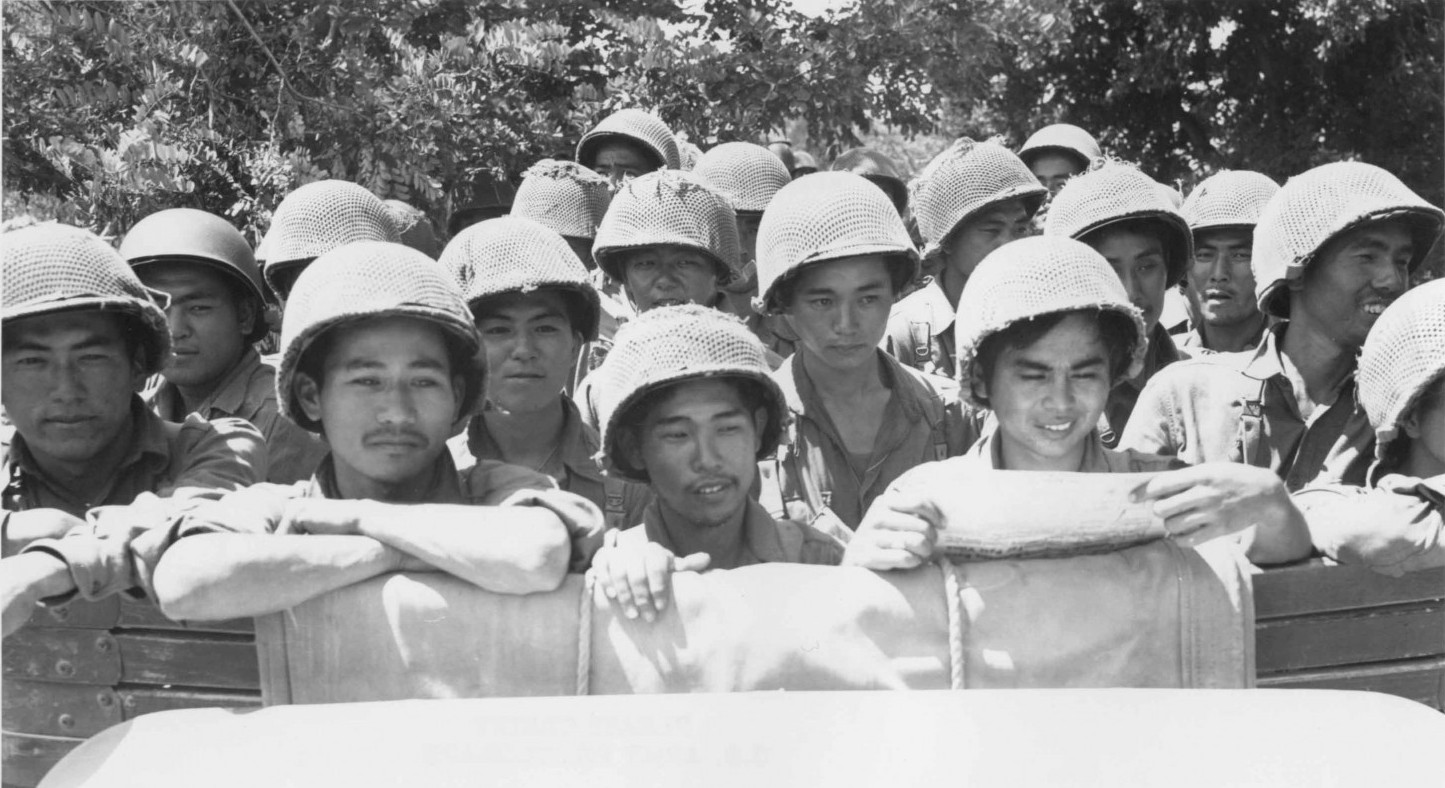Post by Summer Espinoza, Project Manager at Go For Broke National Education Center
This past month has been an exciting one for our archives! We’ve brought on three graduate student interns who will be helping us index over 4,200 interview files (representative of our 1,180 oral histories) and Gavin Do, our associate archivist, has joined our growing team. Our project has seen some significant progress as we’ve moved to a new web-publishing platform where we will be able to maximize user accessibility to our intensive indexing and cataloging. Once our project is done, users will be able to apply textual searches to oral histories. Currently, we are testing functionality between the indexing application, the Oral History Metadata Synchronizer and Omeka, our web-publishing platform. Our team also met with scholars, Drs. Kristine Dennehy, Linda Tamura and Thomas Philo, who provided us with fantastic feedback on our subject heading thesaurus. I also had the opportunity to present our project at the first-annual Society of California Archivists Mini-Conference focused on digital initiatives.
Although I do not have the opportunity to spend much time with the oral histories, I do have the opportunity to guide our indexers and it has been nothing short of inspiring to see both staff and interns working so diligently to unhide these unique narratives.



